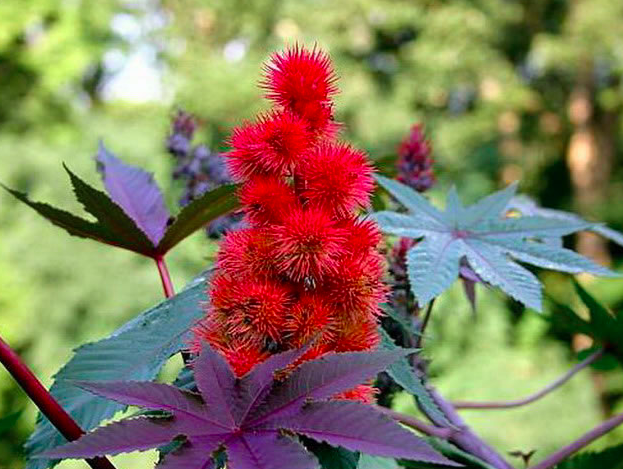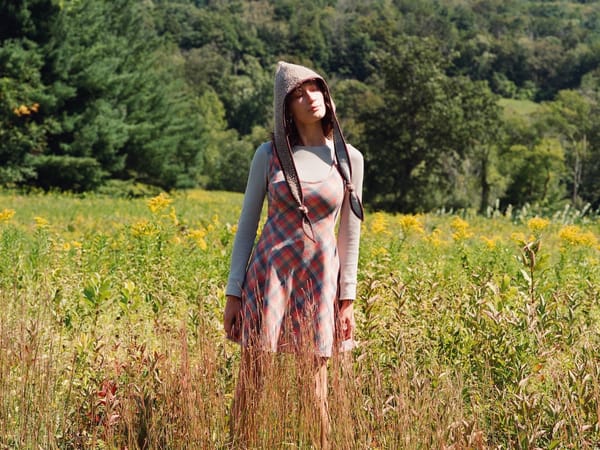Let Me Entertain You: Outstanding Plant Performers
Madaline Sparks shares her best buds for the late-summer garden.

Madaline Sparks shares her best buds for the late-summer garden.

Angelica gigas
In my last missive from the garden, we were desperately in need of rain and I stressed how best to keep plants hydrated. Now, Mother Nature has turned the faucet back on and the grass is green again. It’s good for some things, not so good for others. In mid-August I am choosing to stop stressing about the things I cannot control and enjoy the plants that are thriving and putting on a fabulous show!
All gardens need to have steady performers that provide a good foundation from spring through fall. The design choices I make rely on my tried-and-true workhorses. I choose them based on texture, foliage interest, flower color, size, growth habit, structure and how they will combine with their neighbors. Many of my perennial favorites are common but so reliable, I can’t imagine designing a garden without them: lady’s mantle, astilbe, coneflower, heuchera villosa, ornamental grasses, Japanese anemones, allium… and many more. The list is quite lengthy but also select, based on years of experience.
There are two annuals that I use consistently for their disease resistance; drought, heat and humidity tolerance; easy maintenance (no deadheading)and longevity of bloom. They work both in containers and in the ground. Short hybrid zinnias from the ‘Profusion’ or ‘Zahara’ series are incredible performers blooming from spring until frost. I also rely on Euphorbia hypericifoliaor Baby’s breath euphorbia. ‘Diamond Frost’ is the first cultivar I came to know, but there are a number of varieties now.
And then there are the go-to shrubs to add woody structure; my choices always depending on “right plant, right place” and taking into consideration size at maturity, whether deciduous or evergreen, flowering time and fall foliage color. I love to use natives but will sprinkle in imports as long as they are well-behaved. Some of my stalwarts: viburnum, ninebark, itea, fothergilla, calycanthus, various hydrangea varieties, bottlebrush buckeye, and dwarf Japanese maples.
In addition to my reliance on hardworking plants to form the foundation of gardens, I cannot resist indulging in the odd, unexpected or over-the-top item. Aralia cordata ‘Sun King’ is a perennial that is as big as a shrub but dies back to the ground in winter. The flowers are rather insignificant, but the bright chartreuse leaf color is a fantastic show stopper mixed in with other shades of green or juxtaposed against variegated foliage or shades of purple or reds.
I’m a complete sucker for dahlias. Besides the fact that they make great cut flowers, they range from the miniatures, just a few inches tall, to the huge-flowered "Dinnerplates," which I prefer. The color range is extraordinary and whether employed in pots or planted in the ground, dahlias deliver a big bang for the buck in the mid-to late-summer garden and are worth the wait. At a time when other flowering plants have pooped out or passed their bloom time, dahlias will keep flowering until frost. The more you cut, the more you get.
If you like a really unusual focal point (that looks like it was designed by Dr. Suess!), you can’t go wrong with a castor bean plant. This dramatic tropical plant that can easily grow ten feet tall in a season with huge colorful leaves as big as frisbees. Showy seed pods are produced, but don’t eat them, they are poisonous!
For a super impressive accent in the garden, I like angelica gigas, a Korean biennial. Sturdy reddish-purple stems grow 5 to 6 feet surrounded by lush dark green leaves and topped by 8-inch purple flower umbels in mid-August. Leave the seed heads to get a colony going and have an impressive show year after year.
Depending on the site, you may need plants to be deer resistant or shade tolerant or drought tolerant, etc., etc., etc. Most gardens have multiple conditions that need to be met and we choose plants that fit the requirements. Cast your best performers for the “corps de ballet” and then bring in some stars in the “third act” for a little WOW factor.












